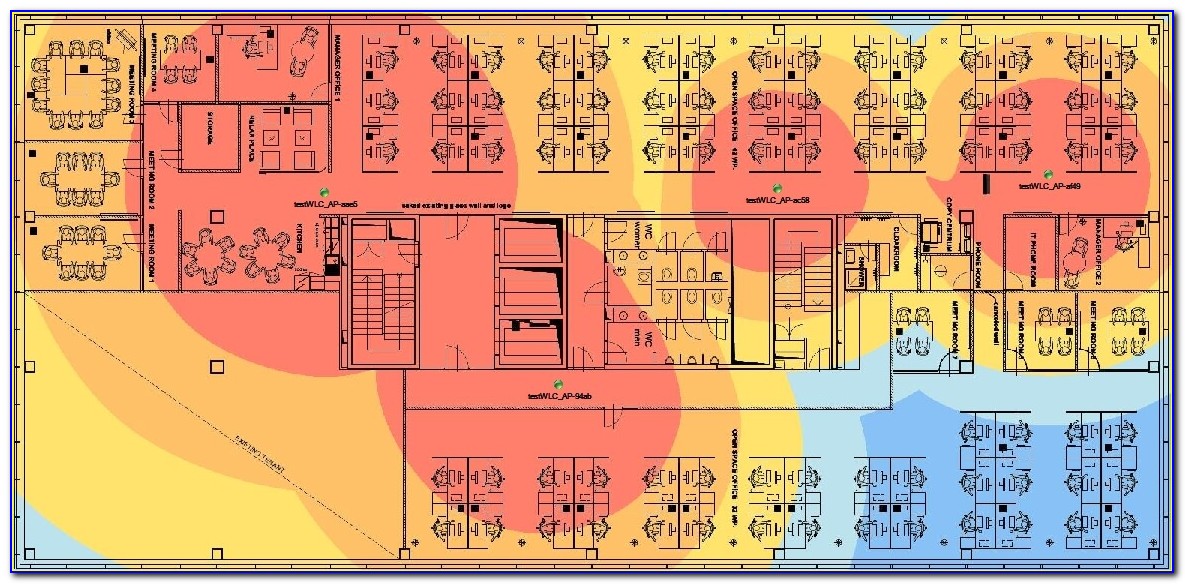Connection and management complexity of smart building sensors
A Swiss multinational is transforming its infrastructure into smart buildings, connected with 25'000 of IoT sensors. The data of these sensors (temperature, motion, humidity, CO2 levels…) can bring to the services offering of our client great added values for their clients and employees.
While the sensors bring value, they also create complexity in term of connection and management due to the large number of devices needed and the heterogeneity in terms of brands and communication protocols.
A complete digital solution that maintains inventory, manages the sensors and extracts data
The new architecture and solution, composed three elements, are exactly what our client needed:
A “Discovery” service creates and maintains the inventory of the 25'000 IoT sensors and many more additional to discover in the coming months. The sensors added and removed from the system are automatically detected and included in the inventory database. In addition, information such as sensors types, value types and locations are also recorded. This solution reduces drastically the complexity of managing large smart building infrastructures.
An “Admin” web application allows the client teams to manage the global sensors inventory between multiple sites, allowing to monitor and manage the inventory at the level of a unique sensor in real-time.
A “Watch” service extracts data from thousands of sensors and saves them in the databases. The sensors are attached to an infrastructure of more than 20 servers that communicate with sensors every few seconds to gather and update registered data such as movements, temperature, luminosity, humidity and CO2. All these data are available in a data lake and can be used for further business applications
Further business application of the solution:
Available data are leveraged to provide employees with real-time and accurate information on meeting rooms' status occupancy, countering the issue of unused but booked rooms due to unattended or cancelled meetings. This information can be accessed an a very convenient way through an employee app.


The solution also allows to assess if booked rooms are regularly used, especially in case of recurrent meetings. The system could send a message to the meeting organizer, requesting him to validate if the room is still needed.
Additionally, by aggregating all available data, it is possible to identify crowded and noisy areas and redirect people to more calm areas. It regulates the meeting room occupancy and free sitting open space areas.

Iterative Journey
- Setup of the solution: 25'000+ low level code sensors, 30+ servers, integration layers, and databases were set up for the overall IoT events and monitoring
- Integration of 2 communication protocols: KNX and BACnet
- Setup of data accessibility for further data analysis
- Setup of automated discovery of new sensors
- Aggregation of data into a data lake
IoT Solution Architect
25'000
Sensors automatically connected
1
Data lake aggregating all data
1
Integration platform allowing to provide added value services






